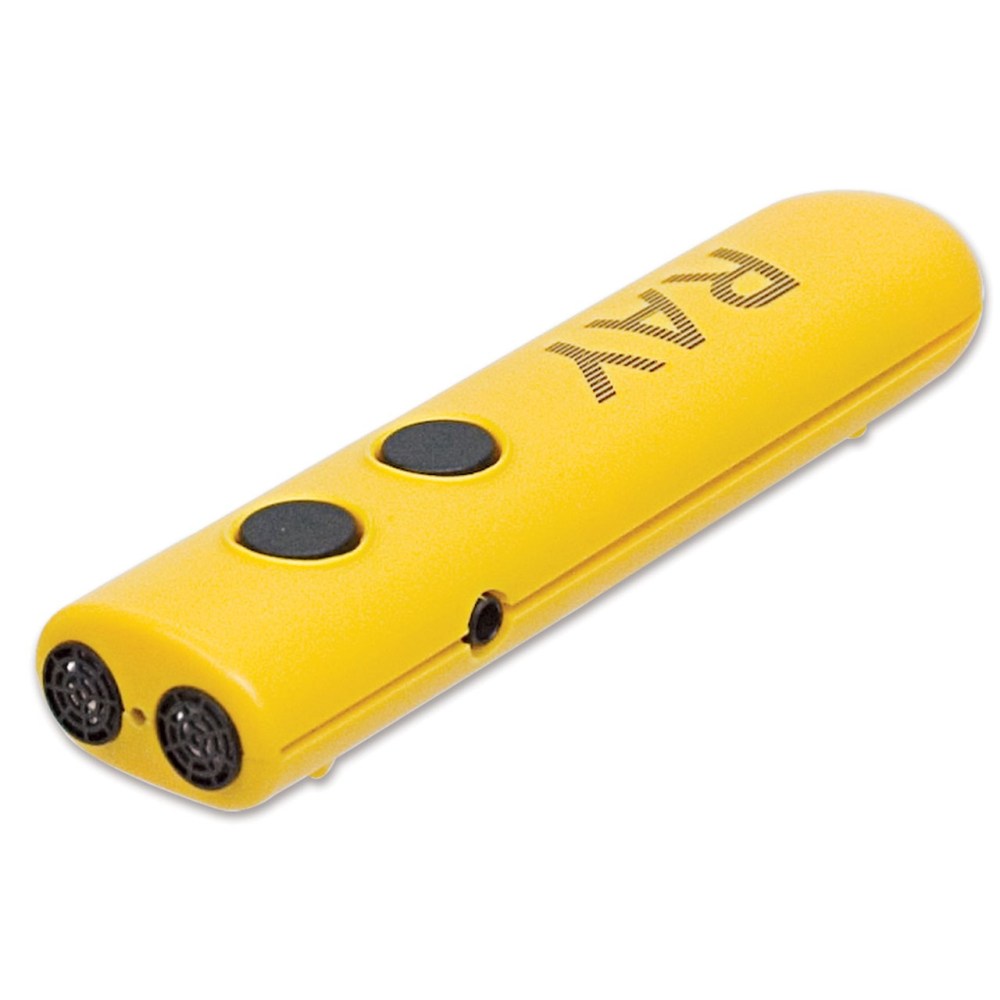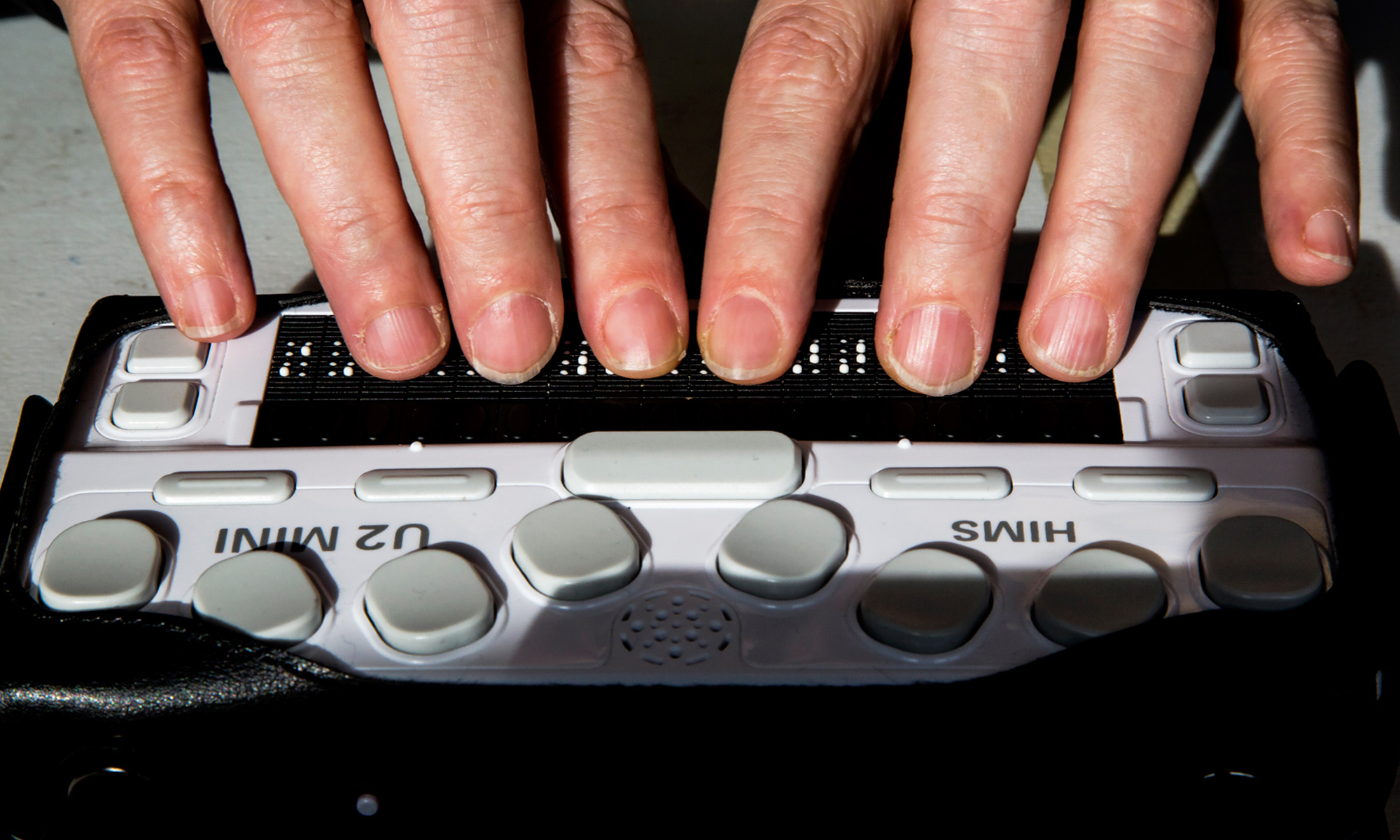Voice-Activated Assistive Devices: Supporting the Visually Impaired
Voice-Activated Assistive Devices: Supporting the Visually Impaired
Blog Article
Discover Cutting-edge Tools Developed for the Visually Impaired
The development of ingenious tools for the aesthetically impaired represents a significant advancement in availability and independence. Technologies such as smart glasses with AI abilities and mobile applications developed to provide acoustic summaries are reshaping daily experiences for individuals.
Smart Glasses for Navigation

Smart glasses made for navigation are revolutionizing the method aesthetically damaged individuals interact with their setting. These innovative gadgets make use of a mix of video camera technology, artificial knowledge, and auditory responses to offer real-time details regarding environments. By using obstacle detection systems, wise glasses can signal customers to potential hazards, allowing more secure wheelchair in both unfamiliar and acquainted setups.
The assimilation of GPS innovation better boosts navigation abilities, permitting individuals to get acoustic directions as they move. This hands-free technique not only fosters freedom but also empowers aesthetically damaged people to browse city landscapes with raised self-confidence. Additionally, numerous smart glasses are geared up with functions that determine landmarks and street indications, giving contextual details that enhances the user experience.
Additionally, the advancement of these devices is constantly progressing, with companies functioning to improve the accuracy of object acknowledgment and expand the variety of navigational functions. As smart glasses end up being more easily accessible and economical, they hold the possible to considerably transform life for aesthetically damaged individuals. Inevitably, these innovative devices stand for an essential step towards inclusivity, offering improved movement and a greater feeling of autonomy for individuals navigating the globe around them.

Mobile Application for Daily Living
Just how can mobile applications improve the everyday lives of visually damaged individuals? Mobile apps are reinventing the method visually impaired users navigate their environments, handle everyday tasks, and access info. These applications offer important assistance with numerous performances, promoting independence and boosting high quality of life.
Numerous innovative mobile applications are developed particularly for everyday living. Apps like Be My Eyes connect visually impaired customers with sighted volunteers via video telephone calls, permitting them to obtain real-time support with jobs such as checking out labels or navigating unknown spaces. Seeing AI, created by Microsoft, utilizes fabricated intelligence to describe surroundings, checked out text, and determine items, successfully changing a mobile phone right into a powerful tool for day-to-day help.
Additionally, navigating applications customized for the aesthetically impaired, such as Aira and BlindSquare, provide audio-based directions and environmental information, allowing customers to traverse their environments safely and with confidence. Past navigation and prompt assistance, mobile applications also support organization and task administration, with features that help customers set tips, produce order of business, and track visits. In recap, mobile applications work as vital sources, empowering visually damaged individuals to lead even more independent and fulfilling lives.
Wearable Technologies for Aid
Empowerment with modern technology is progressively apparent in the world of wearable gadgets created to help aesthetically damaged individuals. These cutting-edge tools integrate seamlessly right into every day life, boosting navigating and providing necessary responses to individuals. Clever glasses outfitted with cams can acknowledge faces and read message aloud, enabling individuals to communicate more with confidence in professional and social setups.
An additional remarkable innovation is the usage of haptic responses systems in wearable devices. These systems make use of vibrations or various other responsive signals to communicate details about the individual's atmosphere, such as challenges or adjustments in terrain, enhancing wheelchair and safety and security. Wearable technologies additionally consist of wristbands that connect official site to smart devices, alerting customers to notices via refined vibrations, therefore enhancing connectivity without dependence on visual cues.
As these technologies continue to evolve, they are not just improving independence for visually damaged individuals but likewise promoting a better feeling of incorporation in culture. By connecting the void in between obstacles dealt with in daily living and the capacity for freedom, wearable innovations act as pivotal devices in the mission for equality and empowerment for those with aesthetic disabilities.
Sound Description Tools
Sound summary tools play an essential role in improving accessibility for aesthetically impaired individuals, providing them with the capacity to involve with aesthetic media. OCR devices for the blind. These tools supply narrated summaries of essential visual aspects in films, tv programs, and live efficiencies, making sure that individuals can fully comprehend the context and feelings communicated with visuals
Sound description can be integrated right into numerous platforms, consisting of streaming solutions, movie theater testings, and live cinema. Several prominent streaming solutions now include audio summary as an access attribute, enabling visitors to pick it easily. Along with traditional media, specialized applications also exist, supplying audio descriptions for my response art exhibitions, galleries, and various other social occasions.
The effectiveness of audio summary rests on the ability of the storytellers, that must communicate aesthetic information succinctly without diminishing the original audio. Technologies in this area are also leading the way for more personalized experiences, where customers can readjust the degree of information and pacing according to their choices.
Braille Innovations and Tools
Braille innovations and devices have actually substantially changed the way visually damaged individuals connect with text and details. Modern advancements have caused the advancement of functional tools that enhance proficiency and independence among individuals. Significantly, Braille show technologies have evolved, allowing for Read More Here vibrant reading experiences. These gadgets transform electronic message right into Braille, making it possible for individuals to access a huge array of details on tablets, mobile phones, and computer systems.
Moreover, mobile Braille notetakers integrate conventional Braille input with modern-day capabilities, facilitating note-taking, scheduling, and file editing and enhancing on the go. Speech-to-text devices for low vision. These small gadgets usually include text-to-speech capacities, linking the gap between Braille and auditory info
On top of that, cutting-edge Braille printers have actually arised, allowing individuals to produce Braille tags, files, and educational products successfully. This availability promotes greater participation in specialist and instructional settings, ultimately promoting inclusivity.
Moreover, research study into wise Braille technologies remains to expand. Tools that integrate expert system are being explored to give real-time navigating aid and contextual information, enhancing the user experience in diverse setups. On the whole, these developments show a dedication to encouraging visually impaired people through innovation, ensuring they can easily access and engage with the world around them.

Final Thought
The development of ingenious devices for the visually damaged considerably improves independence and high quality of life. These innovations not only foster greater inclusion but also promote autonomy in everyday tasks, ultimately adding to a more available and fair culture for visually damaged people.
As smart glasses become extra easily accessible and budget-friendly, they hold the prospective to significantly change day-to-day life for aesthetically damaged customers. Mobile applications are transforming the method aesthetically impaired individuals browse their atmospheres, take care of everyday jobs, and access information. Apps like Be My Eyes attach aesthetically impaired users with sighted volunteers by means of video phone calls, allowing them to obtain real-time support with jobs such as checking out tags or navigating unfamiliar spaces.In addition, navigating applications customized for the aesthetically damaged, such as Aira and BlindSquare, supply audio-based instructions and environmental info, making it possible for users to traverse their environments safely and with confidence.The innovation of cutting-edge devices for the visually impaired significantly improves independence and high quality of life.
Report this page